Last month, Tom Hayes’ 2015 conviction for LIBOR-rigging was unanimously quashed by the Supreme Court, after the panel of five justices, led by Lord Leggatt, found that the trial judge, Cooke J, had misdirected the jury on what they had to decide.
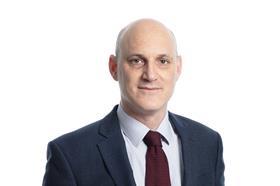
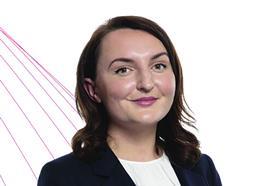
The prosecution case was that, in his role at UBS/Citigroup, one of the panel of banks that helped set the LIBOR rate, Hayes was obliged to give an honest and genuine assessment of the rate at which his bank could borrow. Therefore, as a matter of law, if his submission was also intended to achieve a trading advantage for the bank, it was neither honest nor genuine. This direction removed the question of dishonesty from the jury and rendered Hayes’ conviction unsafe. For similar reasons, the 2019 conviction of Carlo Palombo for rigging EURIBOR was also quashed.
Unsafe, however, does not mean necessarily innocent. The Supreme Court remarked that there was ‘ample evidence on which a jury, properly directed, could have found the appellant guilty of conspiracy to defraud’. The Serious Fraud Office did not opt for retrials given the passage of time and the fact that both appellants had already served substantial terms of imprisonment. Therefore, after 10 years of legal proceedings, no jury will ever be asked the right question to determine Hayes’ guilt or innocence. Could this unsatisfactory outcome have been avoided if the judge had been hearing the case alone, as recommended for all serious and complex fraud cases in the Leveson Review published earlier this month?
Grounds for appeal
First and most obviously, there would have been no jury to misdirect. However, unlike the jury, a judge sitting alone would have to give a reasoned judgment explaining their decision. In complex fraud cases involving close analysis of the law and a detailed assessment of complicated and contested evidence, this could generate far more grounds of appeal. For example, if a judge were to, without sufficient explanation, prefer the account of a specific witness or on certain evidence alone, or if the judge’s explanation of the law was unclear.
The sheer volume of evidence in serious and complex fraud cases may also make appealable decisions more likely. Trials can last many weeks, even months, and involve a staggering number of documents. The average SFO case has five million documents and the largest has 48 million. No doubt judges would use their case management powers to try and reduce the volume of issues and disputed facts, but judgments in similarly complex civil cases often run to hundreds of pages.
Reasoned decisions
If Hayes had been tried by judge alone, there is no reason to think that Cooke J would have reached a different decision on whether his dishonesty was a matter of fact or law. In other words, Cooke J would have misdirected himself, rather than the jury, about the question he had to answer. However, were he to have provided a clear judgment, with sufficient reasoning and findings of fact, it would have been open to an appeal court to find that this was a non-fatal error, and that the conviction nevertheless was safe because there was ‘ample evidence’ of guilt and, crucially, that the judge’s error did not change the outcome.
By contrast, because we never know how juries make their decisions, defendants cannot scrutinise their reasoning and, instead, must attack the judge’s directions and then hypothesise what the jury might have done if properly directed. This is why the ultimate question for the Supreme Court in Hayes was not whether the judge misdirected the jury but what difference that made, concluding (at 162) that: ‘It is not possible to say that, if the jury had been properly directed, they would have been bound to return verdicts of guilty.’ In short, the jury misdirection was fatal precisely because jury deliberations are secret. Trial by judge alone may therefore avoid the need for protracted appeal proceedings.
Democratic safeguards
So should trial by judge alone be preferred in serious and complex fraud cases? In 2023, around 85% of fraud and forgery prosecutions resulted in a conviction. It is clear that juries can and do understand evidence and, when properly directed, most outcomes are not open to appeal. While complex fraud cases may be harder to distil for a jury than a professional and experienced judge, this exercise is important for everyone involved in proceedings and for the wider public’s trust in the criminal justice system. A public, fair and open system requires people other than lawyers and judges to be able to follow and understand cases and, more importantly, to decide what terms like ‘dishonesty’, which are defined by the standards of ordinary, reasonable people, actually mean in practice.
Quicker trials enabled by the removal of juries may not translate into fairer outcomes. The jury is often seen as a safeguard against bias and discrimination. This is a significant consideration given that in 2019 almost two-thirds (65%) of senior judges in the UK were privately educated, compared with 6-7% of the general population. Juries, however imperfectly, much more clearly represent a cross-section of society.
A neater system - but for whom?
The quashing of Hayes’ conviction is another unfortunate outcome that the SFO must swallow, but it may also be pressed into service as support for dispensing with the jury altogether in complex frauds. Judges’ mistakes can always be corrected, even if in Hayes’ case it took 10 years, but a jury’s decision is sacrosanct.
Prosecutors and administrators may prefer the tidiness and transparency of judge-only trials, but defendants are likely to prefer the messier but more democratic protection of the jury.
Nick Vamos is a partner and head of business crime, and Abbie Melvin is an associate, at Peters & Peters, London


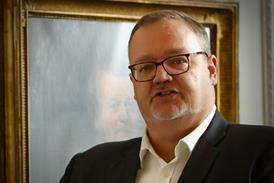
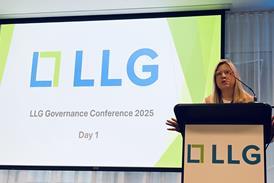

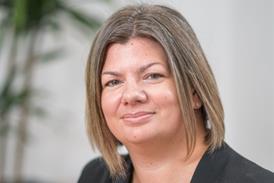
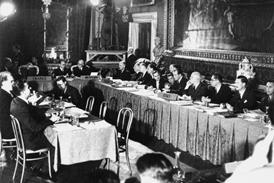
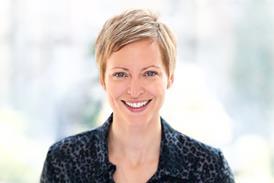

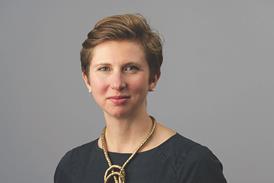



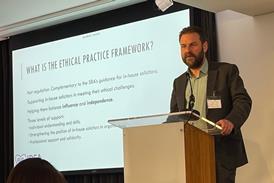
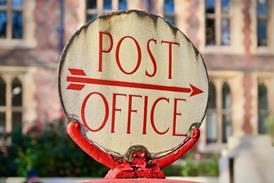


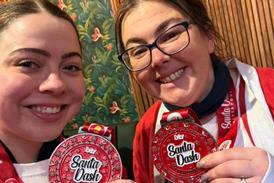
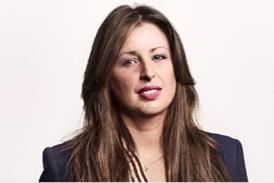







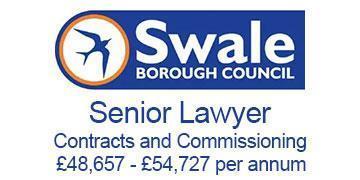




2 Readers' comments